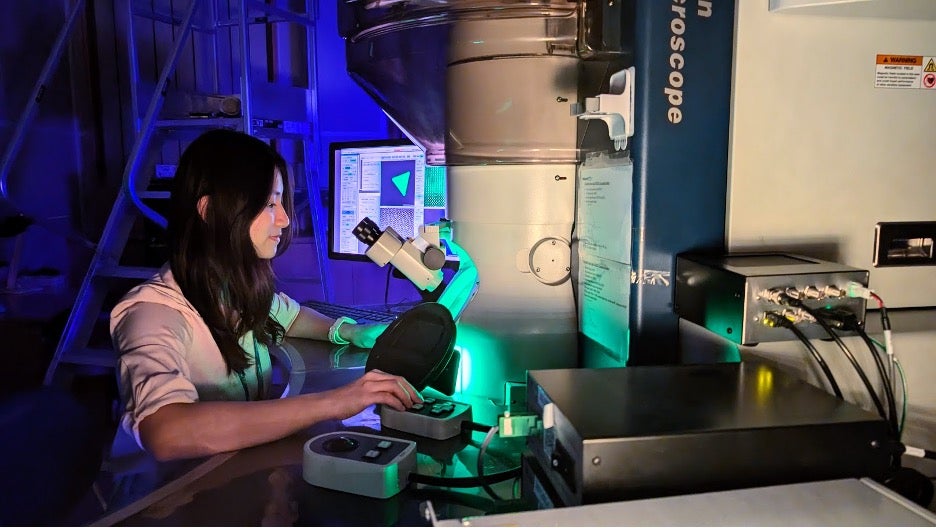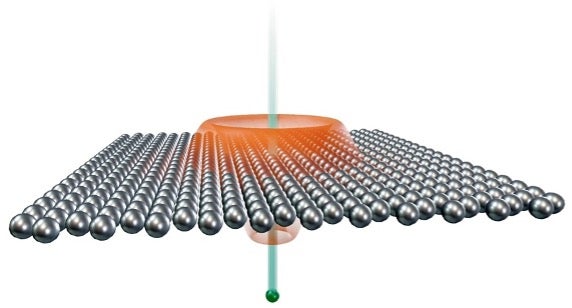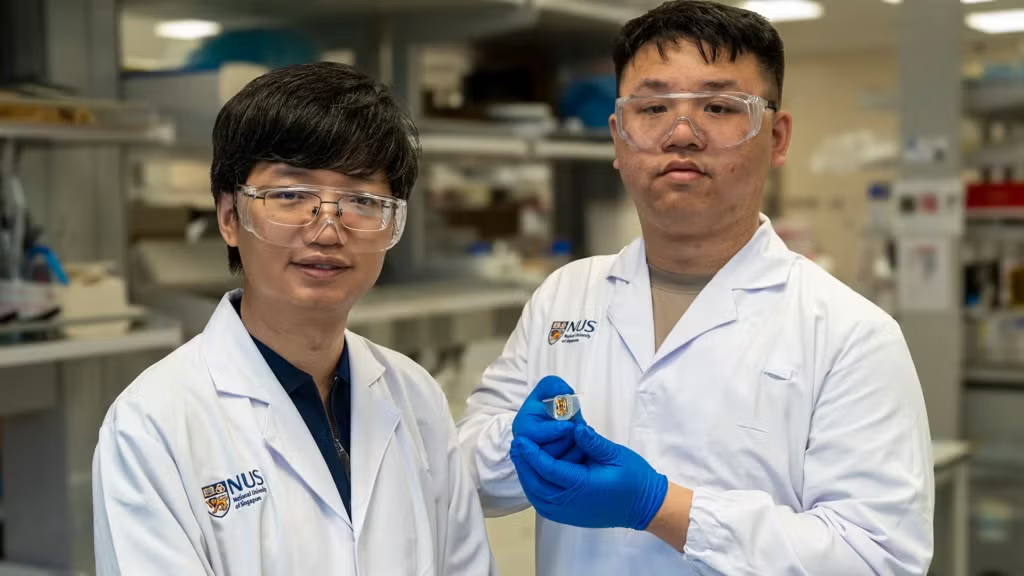
A pioneering study has shown that light can be confined to volumes as small as 1–2 cubic nanometers in monolayers of metallic TaS₂, opening the door to next-generation nanophotonic devices with deep subwavelength control of light.
By combining cutting-edge electron microscopy and monolayer materials engineering, researchers at the National University of Singapore (NUS) and at the A*STAR Institute of Materials Research and Engineering (IMRE) have also observed that the confined light travels at just one ten-thousandth the speed of light.

The study, published in Nature Communications, demonstrates for the first time that atomically thin metallic layers can be used to greatly confine and slow-down light in the form of collective electron oscillations—or plasmons. Remarkably, all losses to electron-hole excitations were avoided, making it a very efficient process.
“This is a key step forward in validating a new class of two-dimensional metals as viable platforms for extreme light confinement,” said Dr. Hue T. B. Do, lead author and recent PhD graduate from NUS. “The confined modes we observed remained undamped up to high momenta, defying classical expectations and showing that the rules of plasmonics can be rewritten when you enter the atomically thin limit.” Future work will also explore this noteworthy effect in other ultrathin metals.
This research was supported by the Ministry of Education Singapore, A*STAR, and the National Research Foundation.
Find more at https://www.nature.com/articles/s41467-025-60814-1




